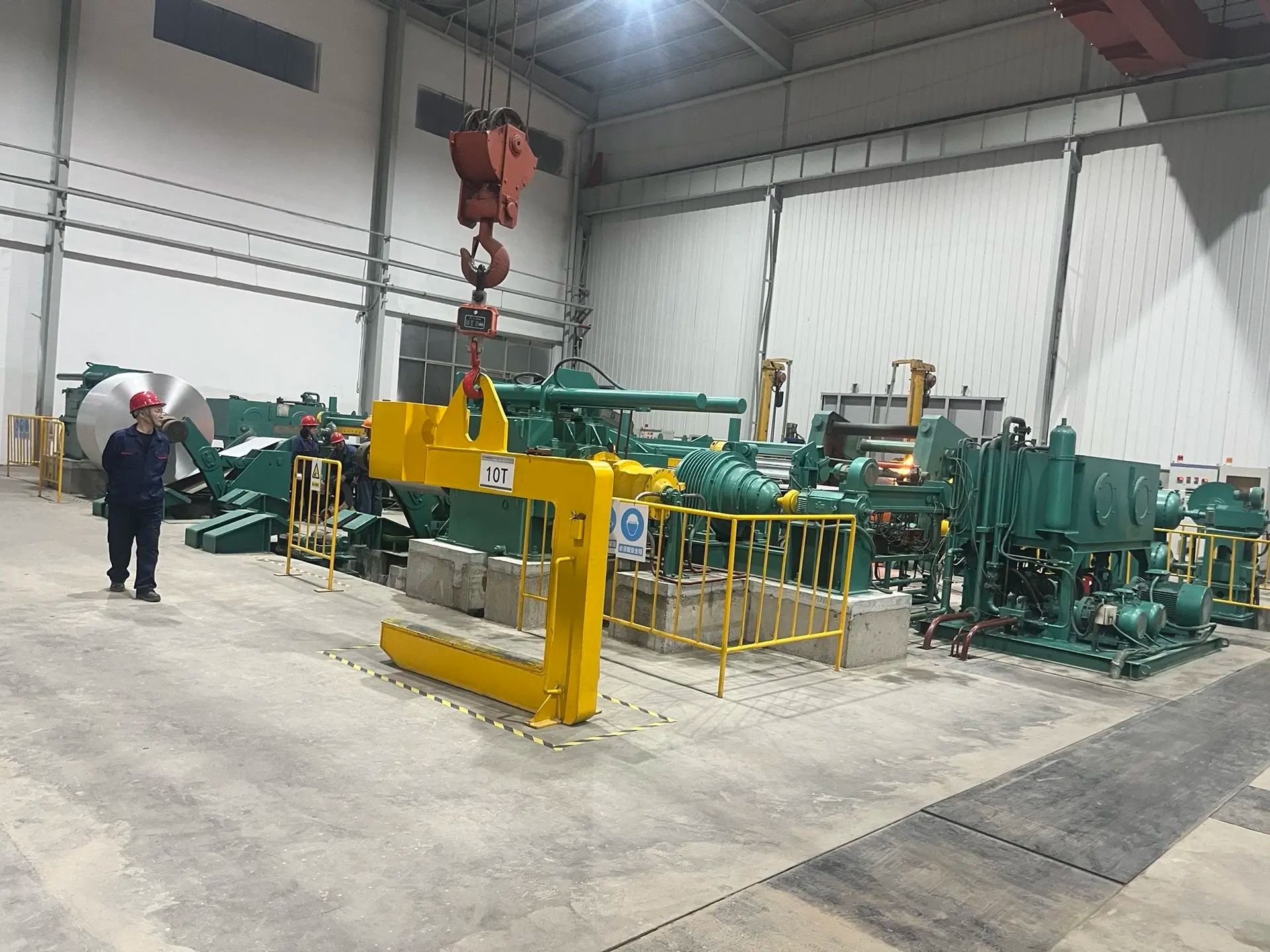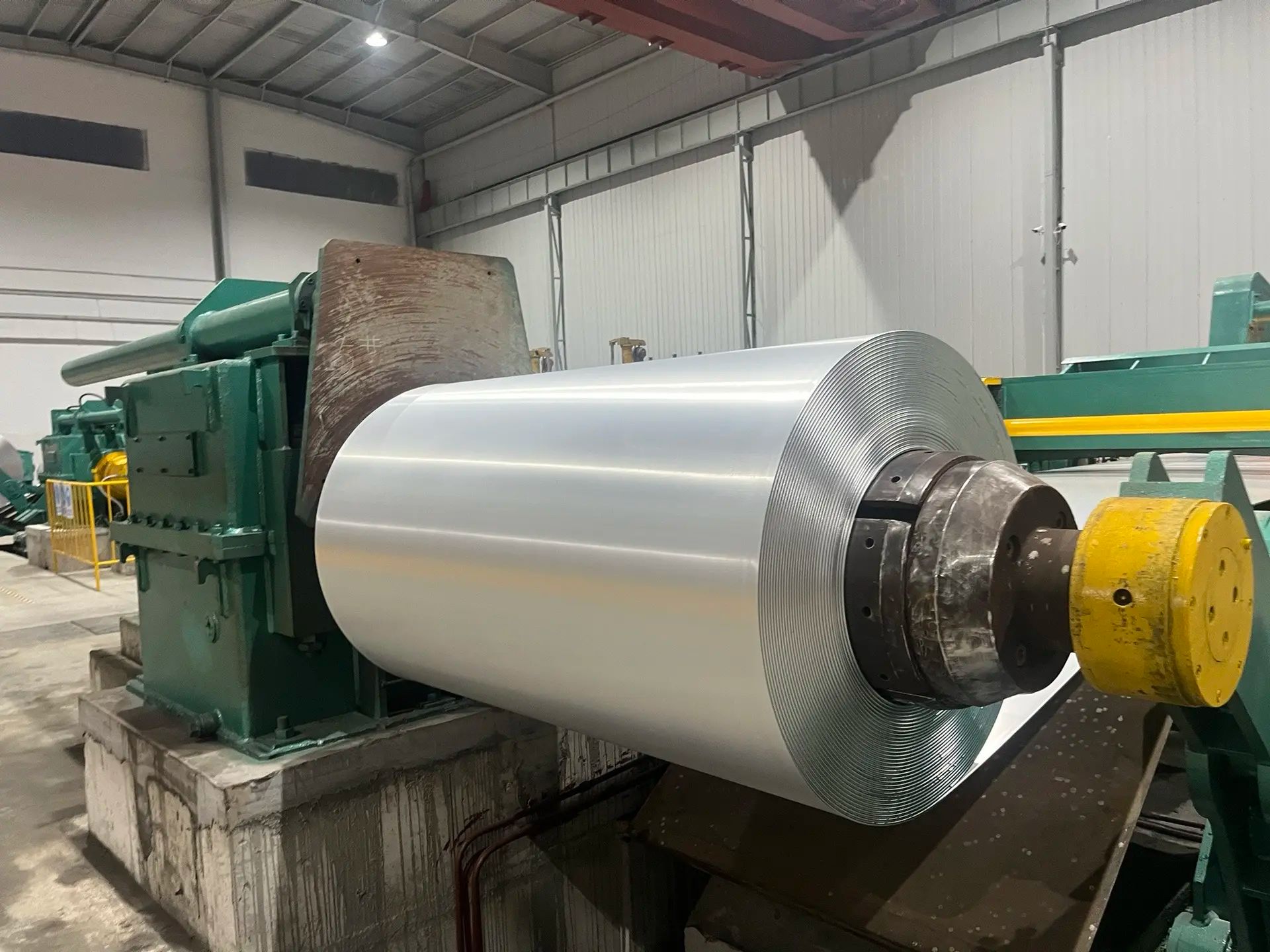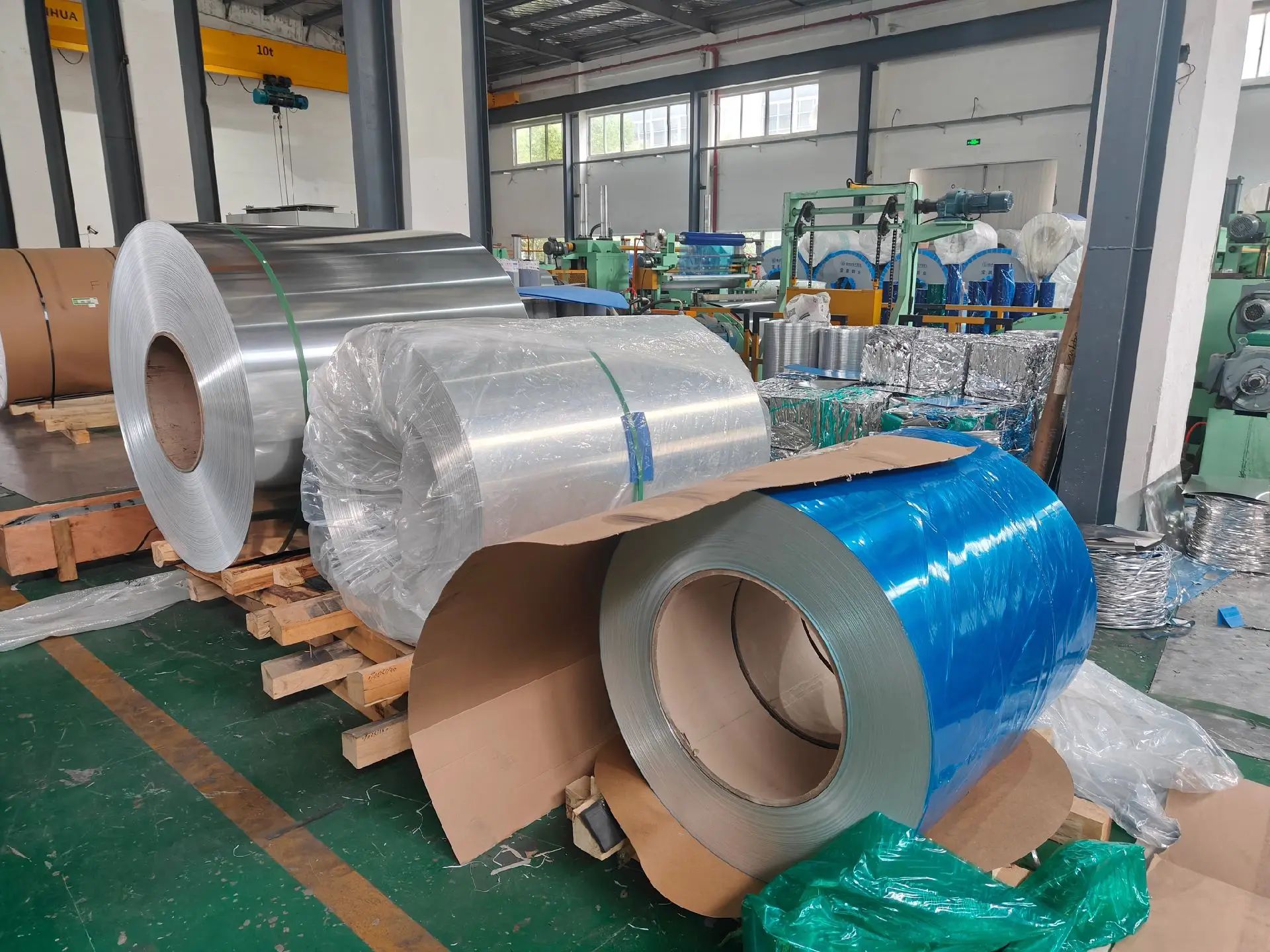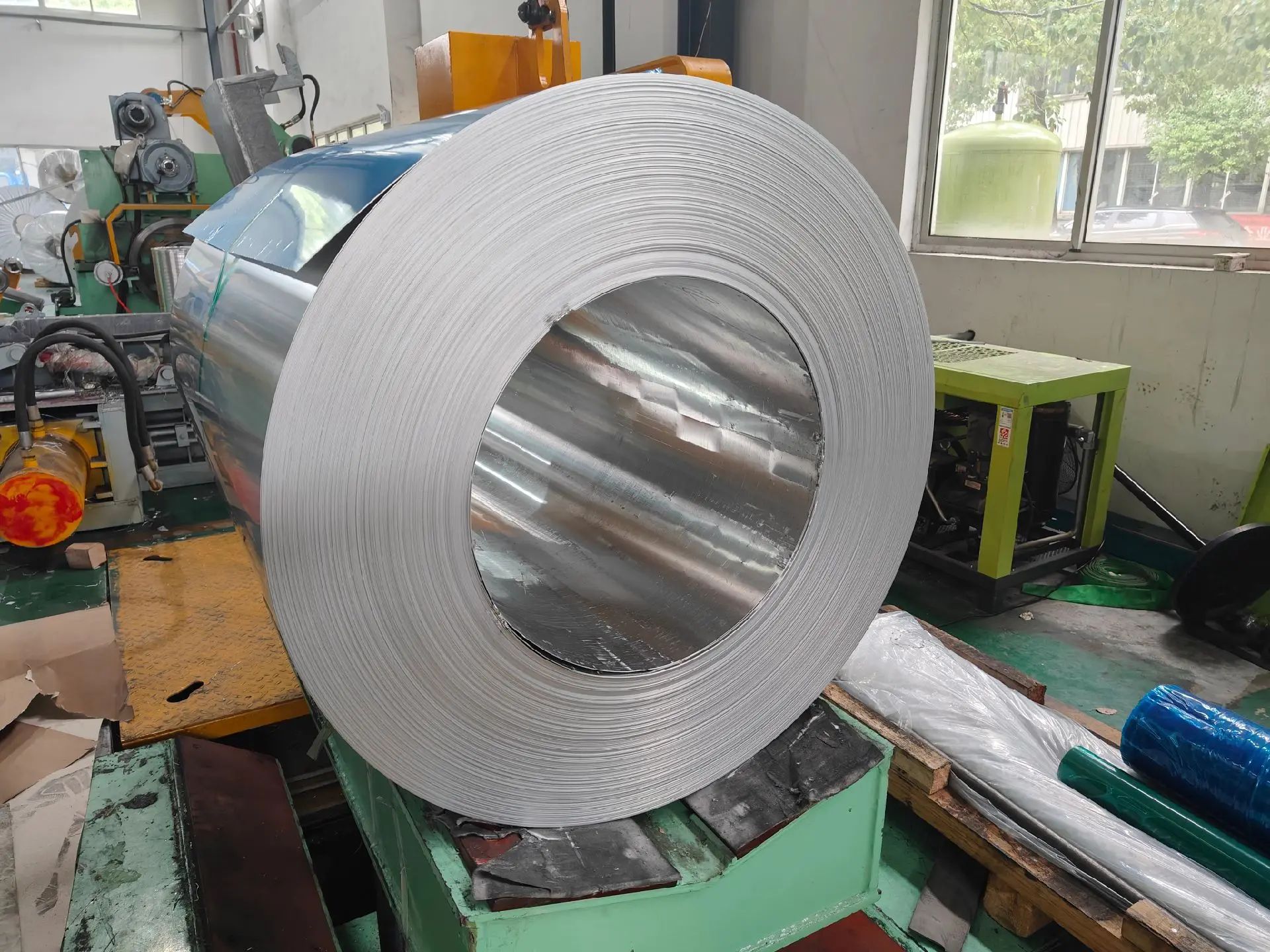Blanking Lines with Cut-to-Length Shears – ALEKVS
When the manufacturing process is focused on simple blank shapes, a cut-to-length blanking line becomes the ideal solution – both in terms of cost-efficiency and production performance. For producing rectangular or trapezoidal blanks, ALEKVS offers blanking lines equipped with precision cut-to-length shears.
Your advantages with ALEKVS Blanking Lines:
- Ideal for the production of rectangular, trapezoidal, or curved blanks
- Excellent value and return on investment
- High output rates – up to 110 strokes per minute
- Fully automated and integrated line design
- Proven, robust coil blanking technology







